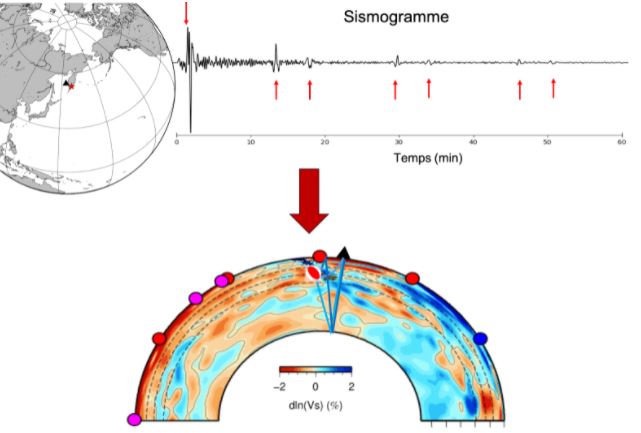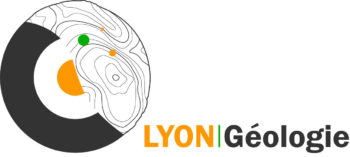Introduction to Seismology
Seismic waves are one of the most powerful tools for probing the Earth's interior, which is inaccessible to us directly. Indeed, earthquakes generate seismic waves that propagate in all layers of the Earth, which are then recorded at seismic stations on seismograms. Seismology is the science that studies these seismograms to understand the seismic source and the Earth's interior. In this teaching unit “Introduction to seismology” we give all the theoretical and practical bases to be able to understand and exploit seismograms. Seismology being a science with a lot of data, the idea is to illustrate each theoretical point seen in the lecture by a given practical work so that the student can himself appreciate the strengths and limits of the methods. At the end of this course, students will be able to download seismic data and make measurements independently, they will be comfortable with computer tools (Python and/or Matlab).

Contents:
- Seismological data
- Stresses, Deformations and Seismic Waves
- Snell laws
- Seismic rays in a spherical Earth
- Surface waves
- Eigenmodes
- Seismic imaging
- Seismic source and sismicity
Evaluation 2 practicals of your choice are graded, 1 partial and 1 final exams.


